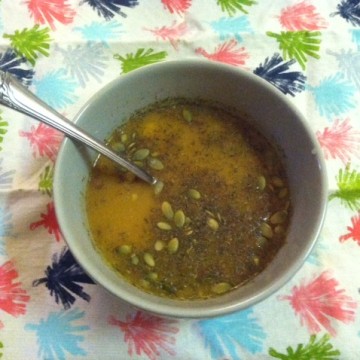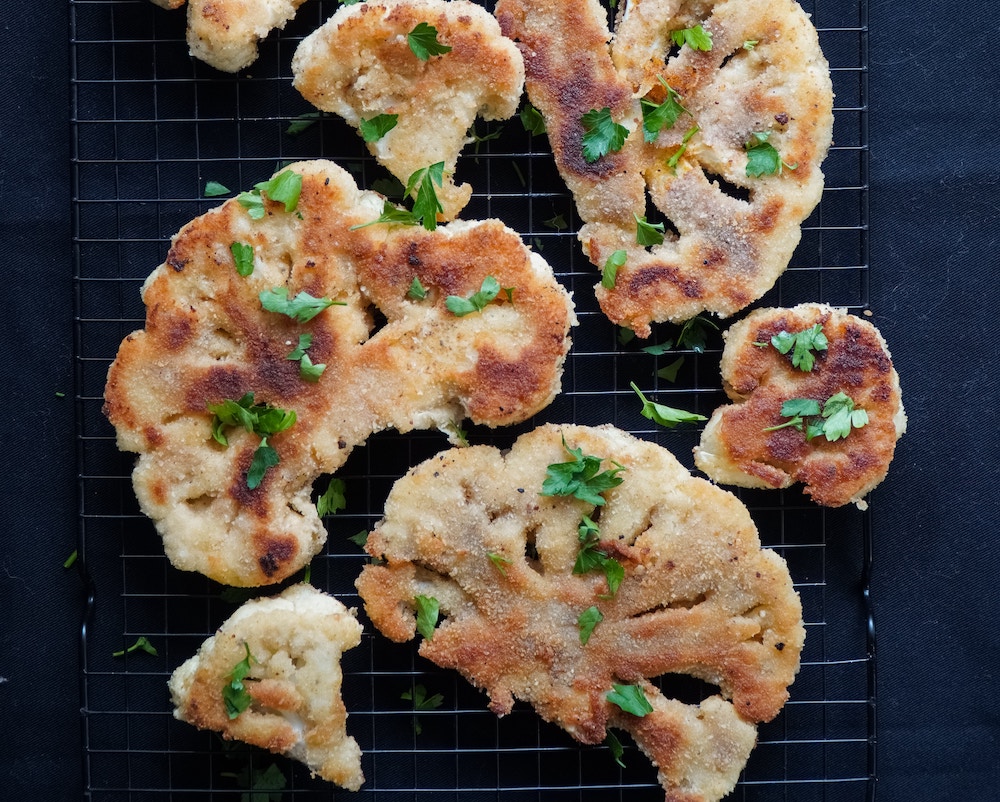My first memory of Gwyneth Paltrow was seeing her in the film A Perfect Murder, in which she played a wronged wife driven to maliciously, yet brilliantly, orchestrate the murder of her husband, Michael Douglas. I couldn’t have been more than 12 years old when I saw the blonde, attractive, happy-looking woman in this utterly haunting role. I remember thinking that she was clearly a bit crazy (even if only on the screen). But she was also crazy powerful. The woman knew how to get things done.
In the intervening years, my attitude toward her as a person and as an actress remained fairly neutral. However, when she made a comeback onto the pop culture scene a few years ago, I was skeptical of how seriously we should take her reincarnation not as an actress with revived creative energies but as a glowy health goddess and preacher of the detox gospel. Much like the way women are warned against believing too strongly in airbrushed photos of models in magazines, I reasoned that whatever glow she newly possessed, whatever food and exercise regimen she now followed, was all probably the result of a team’s worth of 24/7 efforts: i.e., not reality. Gwyneth’s blog, goop, in many ways embodies this unattainable quality, with most of what it encourages its readers to make, see, be, go, do, and get–the category headlines of the site–more suited to a celebrity’s lifestyle and budget than the average person’s.
At the beginning of the year, though, I started thinking about and experimenting with different cleanses/detoxes, and in the course of my reading, the Goop Cleanse, based on Gwyneth’s personal diet, came up several times. It stood out especially in Rebecca Harrington’s hilarious collection of celebrity dieting essays, I’ll Have What She’s Having, as one of the few star-diets that could be remotely sustainable, enjoyable, and effective for a real person. Curious, and for the sake of “research,” I poked around goop and in Gwyneth’s #1 best-selling cookbook, It’s All Good. Within a few clicks and page turns, dear Dumplings, I confess I was transformed into a goop girl, minus the blonde hair and freckle-dappled cheeks.
For 7 days, I followed (well, let’s say I was at 85%) the Annual Detox diet with remarkable results and very few of the side effects I’d felt on similar cleanses. The recipes in the cookbook struck me as easy and appealing and written in an accessible (perhaps overly so) voice. And the website, for all its extravagant shopping lists and travel recommendations, also prominently featured inspirational posts about well-being and other cultural notes I could participate in (I’m listening to the Spotify playlist right now).
The facts of my life eventually came back into focus–no, I didn’t live in a glamorous country home with fresh produce at my fingertips, where it’s also perpetual summer–yet I wasn’t quite ready to let go of the goop fantasy world. Taking guidance from the title from the cookbook, I decided it was okay if I only do my human best to emulate Gwyneth because, after all, “it’s all good.”
What did GP teach me about the good life? Read on:
1. Choose Your Words Carefully
Gwyenth calls her Uber Diet, the one she and her family follows because of various allergies, the “elimination diet.” The name makes a lot of sense because it requires one to have none of the following for 7 days: “alcohol, caffeine, added sugar, gluten, dairy, soy, corn, and nightshades (white, blue, red, and yellow potatoes, tomatoes, eggplant).” That’s a lot of nos! Especially for a vegan whose major sources of protein come from soy- or wheat-based products, and one who’s had little luck with GF-eating in the past. What helped me get through it was a simple change in mindset: I wouldn’t “eliminate,” a word that reinforces the sense of restriction and forbiddenness that makes one crave a loaf of bread like a French peasant circa 1793, anything. The detox then became less about what I couldn’t have from my already largely-“clean” diet and more about what new things I’d be encouraged to add into my boring routine, and with the focus of this nutritional vacuum. Less was truly more.
2. Cleansing Can Be Fun!
Indeed, some of the non-everything-good foods I introduced to my refrigerator drawers are so thoroughly delicious I can’t see why I didn’t eat them before. Staples like toasted sesame oil made this cauliflower fried rice anything but bland. This warming squash soup, likewise felt surprisingly decadent for all its simplicity, especially when coming in at night from polar temperatures.

Tasty vegan squash soup garnished with pumpkin seeds and garam masala. If this is “goop,” then I want more!
3. Treat Your Friends Right
Gwyneth may be the face of goop and her cookbook, but she gives credit where it’s due. Her personal doctor, Habib Sadeghi, contributes a thoughtful Foreward to It’s All Good where he asserts is opinions on the elimination diet as a medical professional. Paltrow’s co-writer, Julia Turshen, also shares her positive experiences with the diet in the Introduction as well as occasionally (if not too rarely) makes appearances within the recipes themselves, when they’re her creations or favorites. So while it may seem like a one-man show behind Gwyneth’s glow, she’s not afraid to admit (at least a little) that she’s got friends doing heavy lifting, too.
4. Don’t Forget the Basics
I was surprised to see “recipes” in It’s All Good for foods that I feel like I intuitively know how to make: a plain baked sweet potato, ginger tea, brown rice, quinoa, etc. How did these foods belong alongside these fancy juices and smoothies, and dishes that required a spice cabinet I’d maybe be able to replicate within a year’s worth of budgeting? Then I realized the beauty of their simplicity. The instructions for making such staples were less of a duh-moment than an aha-moment: they reminded me of the easy, inexpensive ways we can all eat well with minimal thinking.
5. Customize
Gwyneth adopted the elimination diet because she discovered she and her family had allergies to a wide range of foods. I, however, don’t suffer from such ailments and thus have no real medical reason for never consuming wheat, soy, or coffee. Putting the goop-life into perspective this way made things seem more attainable and less forced. Another example: she eats meat whereas I don’t, which means that many of her recipes wouldn’t suit my lifestyle. I don’t have to feel bound to those recipes and will just find alternatives: especially in a world where “it’s all good.”
The goodness-meter dipped a bit, though, when it came to addressing the goodness of:
1. Soy
It’s clearly on the list of foods one cannot eat while detoxing, and yet miso is a main ingredient in several elimination diet recipes. Why these exceptions? There’s a small discussion about the difference between fermented (good) and unfermented (bad) soy, but in that case I’d gather tofu would be a more embraced ingredient. It seems that goop feels the way most do when it comes to soy: no one knows for sure what the rules are, so for now unless you’re allergic to soy, some of it can be “good.”
2. “Goop”
GP’s brand name must be at least partly ironic, for if it were sincere the title of the blog should have some sort of negative prefix. The Anti-Goop. The Un-Goop. (You get the picture.) This lifestyle is all about purifying a sloughing off the bad, the goop as it were. Maybe, though, it’s suggesting a way to take excessive pleasure–goop-y amounts pleasure, even–from different, healthy, natural sources. Maybe it’s telling us how good it can feel to get rid of the goop for a time–like, 7 days at a time–so that we appreciate it all the more. Who knew this would get so deep . . .
Will you try goop-ing your life?
Also by Jennifer: Raw Vegan Un-Winter Apple Sweet Potato Salad
Vegan Makeup -Hourglass Cosmetics Review
Related: 5 Lessons I Learned from Oprah’s What I Know for Sure
__
Photos: Courtesy of Grand Central/Hachette; eLENA tUBARO via Flickr; Jennifer Kurdyla






